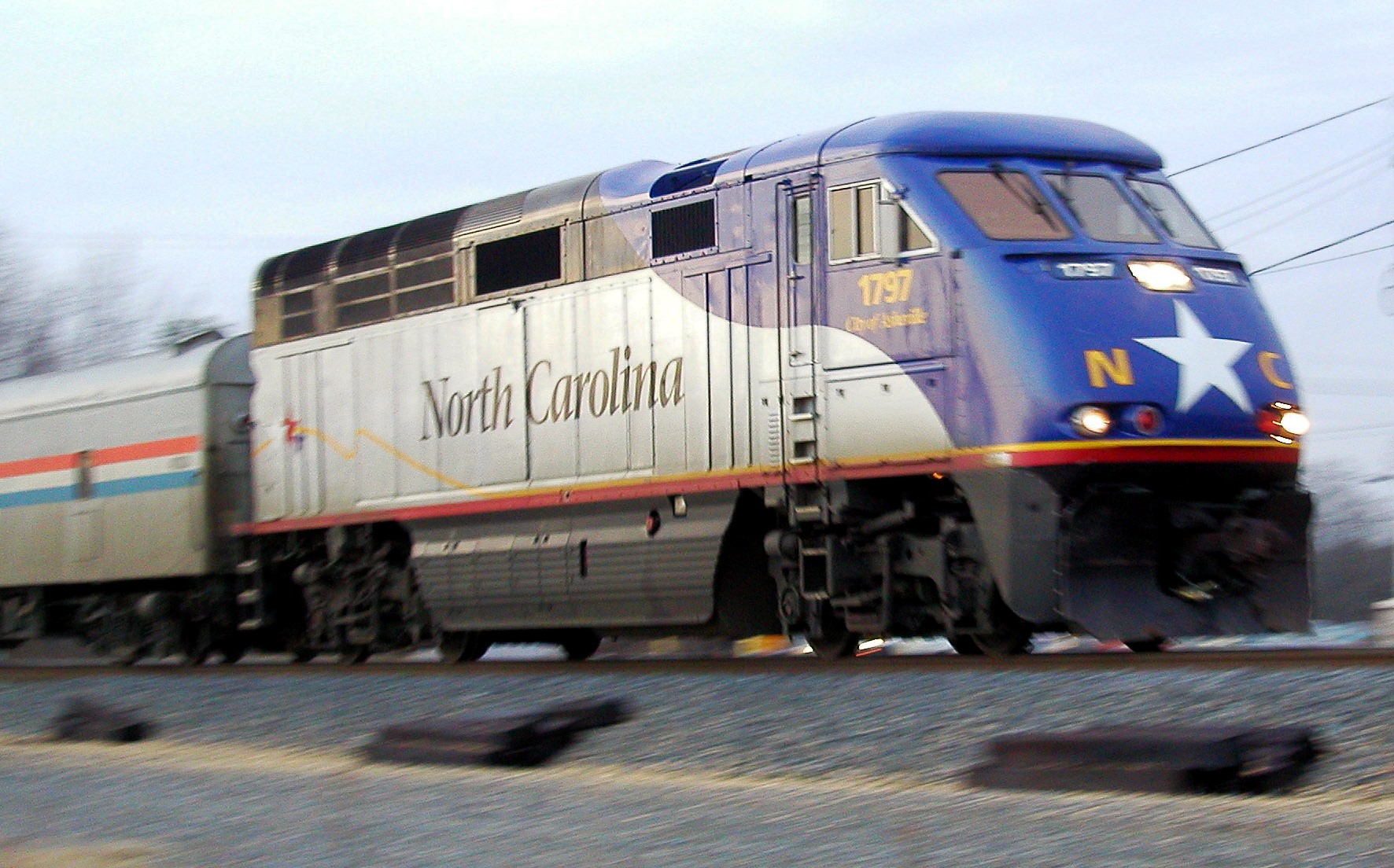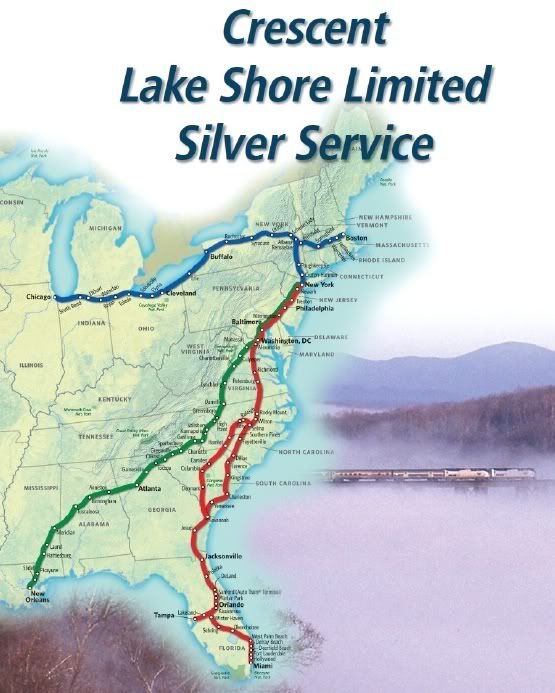 The Southeast HSR corridor can be divided between the “real” SEHSR corridor, where there is actual, ongoing work on improving the speed and, even more critically, the capacity of the corridor in support of services that will begin operating within the current decade, and the “notional” SEHSR corridor, the land of feasibility studies and preliminary planning, where even if a pedal to the metal intercity rail investment program were to commence in 2017, any new services entering into operation before the latter half of next decade would be subsidized conventional rail service.
The Southeast HSR corridor can be divided between the “real” SEHSR corridor, where there is actual, ongoing work on improving the speed and, even more critically, the capacity of the corridor in support of services that will begin operating within the current decade, and the “notional” SEHSR corridor, the land of feasibility studies and preliminary planning, where even if a pedal to the metal intercity rail investment program were to commence in 2017, any new services entering into operation before the latter half of next decade would be subsidized conventional rail service.
And given the importance of state governments in the current bottom-up process of intercity rail development, it should be unsurprising that the boundary between the two part of the SEHSR runs quite close to a state boundary. As discussed two weeks ago, Georgia lies in the middle of “notional” SEHSR country, with Rapid Rail connections to Birmingham; Columbus, GA; Savanna; Charlotte, NC; and Chattanooga / Nashville / Louisville at various stages of being studied, but without active ongoing investment. By contrast, there is current active investment and planned roll-out of new service throughout Virginia and North Carolina, all the way through to Charlotte, NC.
One reason that Virginia and North Carolina are engaged in ongoing investment is that they are well positioned for incremental development of Rapid Rail passenger service, with a legacy of through Amtrak corridors providing a platform to build upon, urban development taking place along urban arcs in both states, and close enough to the growing major metropolitan center of Washington, DC to use Washington as an anchor for longer distance intercity transport.
The greatest current focus of investment in the “real SEHSR” is the Piedmont Corridor in North Carolina, which is the focus of this week’s Sunday Train.

 Back in early June, in
Back in early June, in
Recent Comments